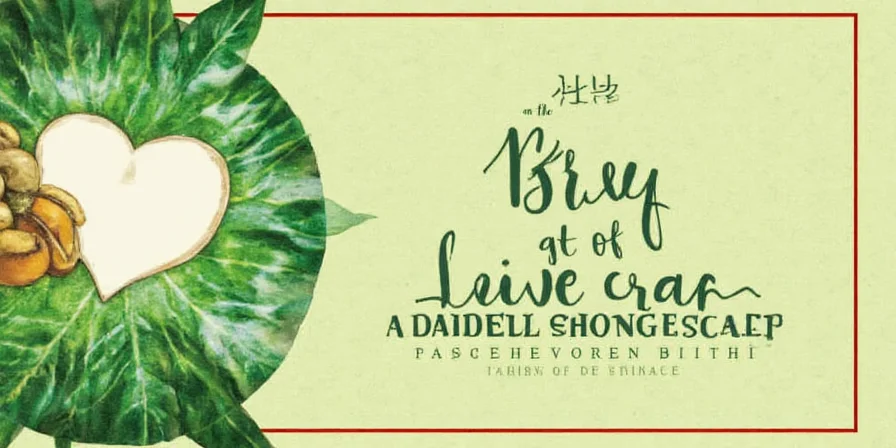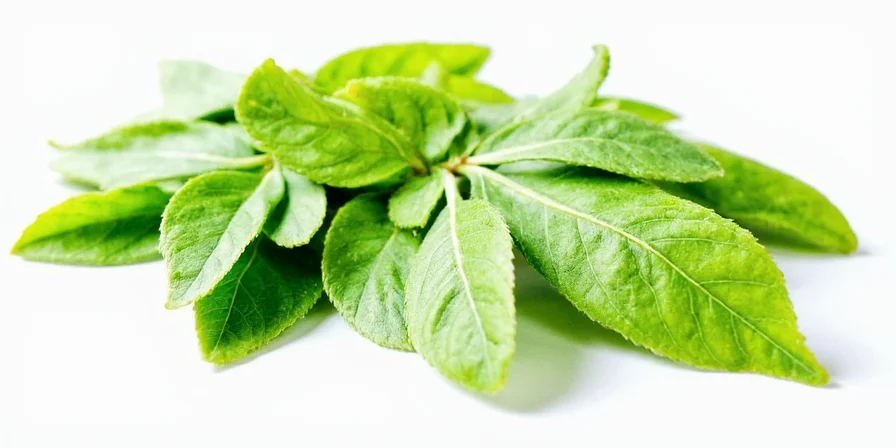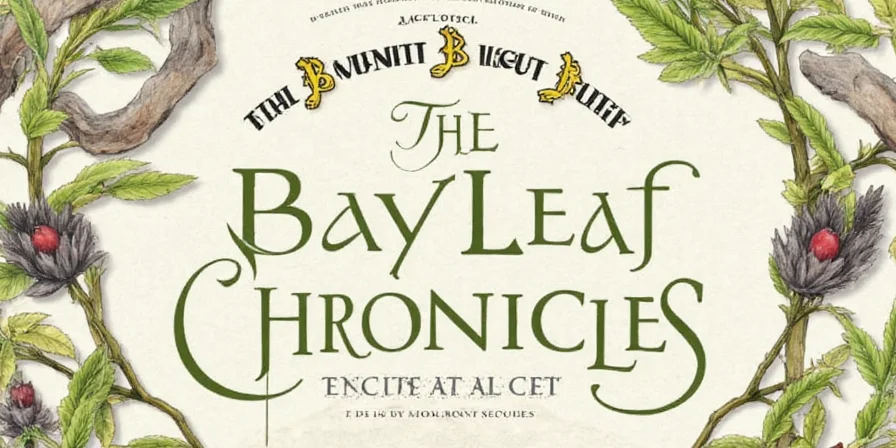The Bay Leaf Chronicles: Uncovering the Mystery Behind Whole Bay Leaves
If you've ever cooked a hearty stew or simmered a rich tomato sauce, there's a good chance you’ve encountered the humble whole bay leaf. But what is this mysterious green orb that quietly infiltrates our dishes without fanfare? It doesn't shout like chili flakes or strut like black pepper. No, the bay leaf prefers to work behind the scenes — subtle, patient, and oh-so-effective.
In this article, we’ll explore the secret life of whole bay leaves. From their origins to their culinary impact, from surprising tricks to common mistakes, this guide has everything you need to know to master this underappreciated spice. So, grab your ladle and let’s dive into the world of Laurus nobilis!
Table of Contents
- What Are Whole Bay Leaves?
- Flavor Profile and Aroma
- Top 5 Cooking Tips for Using Whole Bay Leaves
- Myths vs. Facts About Bay Leaves
- Bay Leaf Substitutes (When You’re Out of Stock)
- How to Store Whole Bay Leaves Like a Pro
- Bonus: Non-Culinary Uses of Bay Leaves
- Summary Table: Bay Leaf Basics at a Glance
- Final Thoughts
What Are Whole Bay Leaves?
Whole bay leaves come from the Laurus nobilis tree, commonly known as the laurel tree. Native to the Mediterranean region, these glossy green leaves have been used for centuries not only in cooking but also in ancient rituals and even fashion — Roman emperors wore them as crowns!

Unlike crushed bay leaves or powdered versions, whole bay leaves are left intact. They are typically added during the cooking process and removed before serving, due to their tough texture and sharp edges.
Flavor Profile and Aroma
Bay leaves bring a complex blend of earthy, floral, and slightly peppery notes to dishes. Think of it as nature’s seasoning tapestry — soft yet layered, aromatic but never overwhelming.

- Bitter-sweetness: Similar to oregano and thyme
- Mild citrus undertone: Hints of lemon peel
- Eucalyptus-like depth: Adds herbal complexity
It’s this trifecta that makes bay leaves a favorite among chefs who want to deepen flavor profiles without calling attention to themselves.
Top 5 Cooking Tips for Using Whole Bay Leaves
- Add Early, Remove Late: Don’t throw in the bay leaf five minutes before finishing. It needs time to release its oils — add it early in long-cooked dishes.
- Use One Per Dish: A little goes a long way. One whole leaf per 4–6 servings is usually sufficient unless you're aiming for an intense herbal flavor.
- Pair with Acidic Ingredients: Bay leaves enhance tomato sauces, vinegar-based marinades, and legume dishes beautifully.
- Wrap in Bouquet Garni: For easy removal, bundle bay with thyme, parsley stems, and rosemary in cheesecloth or a tea infuser.
- Rinse Before Use: Even dried bay leaves can carry dust. A quick rinse won’t hurt, especially if using fresh ones.

Myths vs. Facts About Bay Leaves
| Myth | Fact |
|---|---|
| You can eat bay leaves — they're just tough. | False. Bay leaves are not poisonous, but their sharp edges can scratch the throat or digestive tract. Always remove them before serving. |
| Dried bay leaves lose all flavor after a year. | Somewhat False. Dried bay leaves do fade over time but still retain some flavor for up to two years if stored properly. |
| Fresh bay leaves are better than dried. | Depends. Fresh leaves have a more minty aroma; dried offer a deeper, more concentrated flavor. Each works best in different recipes. |
| Bay leaves can replace other herbs entirely. | False. While versatile, bay leaves shouldn’t be considered a standalone substitute for herbs like thyme or rosemary. |
Bay Leaf Substitutes (When You’re Out of Stock)
If you find yourself mid-recipe and realize you’re out of bay leaves, don’t panic. Here are some alternatives that can save the day:
- Oregano: Offers a similar earthy base, though stronger in flavor. Use sparingly.
- Thyme: Brings a woody, aromatic profile that complements slow-cooked dishes well.
- Juniper Berries: Common in German cuisine, they lend a piney note often found alongside bay leaves.
- Allspice: In a pinch, a pinch of ground allspice can mimic bay’s spicy warmth — especially in stews or braises.

Note: None of these will exactly replicate the bay leaf experience, but they can help maintain balance in your dish.
How to Store Whole Bay Leaves Like a Pro
Bay leaves may be resilient, but proper storage ensures they stay flavorful for months. Follow these simple tips:
- Store in a Cool, Dry Place: Keep them in an airtight container away from heat and moisture.
- Avoid Light Exposure: UV rays degrade flavor, so store in a dark pantry or cupboard.
- Don’t Crush Until Use: Crushing releases essential oils prematurely, which means less flavor when you actually need it.
- Check for Mold: If you buy fresh bay leaves, inspect them regularly and discard any that show signs of mold or wilting.

Bonus: Non-Culinary Uses of Bay Leaves
You might be surprised to learn that bay leaves have uses beyond the kitchen:
- Pantry Pest Repellent: Place a few whole bay leaves in rice, flour, or bean containers to deter weevils and moths.
- Natural Air Freshener: Boil a few bay leaves with orange peels and cinnamon sticks for a homemade potpourri.
- Relaxation Aid: Brew a mild bay leaf tea — said to help with digestion and stress relief.
- Skincare Hack: Infused bay oil can be applied topically to soothe skin irritation or acne due to its antifungal properties.

Summary Table: Bay Leaf Basics at a Glance
| Attribute | Detail |
|---|---|
| Botanical Name | Laurus nobilis |
| Type | Whole herb (leaf) |
| Best For | Stews, soups, brines, and pickling solutions |
| Shelf Life (Dried) | Up to 2 years if stored properly |
| Common Substitutes | Oregano, Thyme, Juniper berries |
| Cooking Tip | Add early, remove before serving |
| Fun Fact | Roman emperors were crowned with bay leaves as symbols of honor |
Final Thoughts
So there you have it — the unsung hero of the spice rack finally gets its moment in the spotlight. Whether you're simmering a Sunday ragù or brewing a soothing cup of herbal tea, whole bay leaves deserve a place in your kitchen arsenal.
They may not scream for attention like saffron or star anise, but bay leaves are the backbone of countless classic dishes. With the right care and understanding, you can unlock layers of flavor that elevate your meals from ordinary to extraordinary.
Now go forth, embrace the quiet power of the bay leaf, and remember — sometimes the most impactful ingredients are the ones that know when to step back and let others shine.












 浙公网安备
33010002000092号
浙公网安备
33010002000092号 浙B2-20120091-4
浙B2-20120091-4